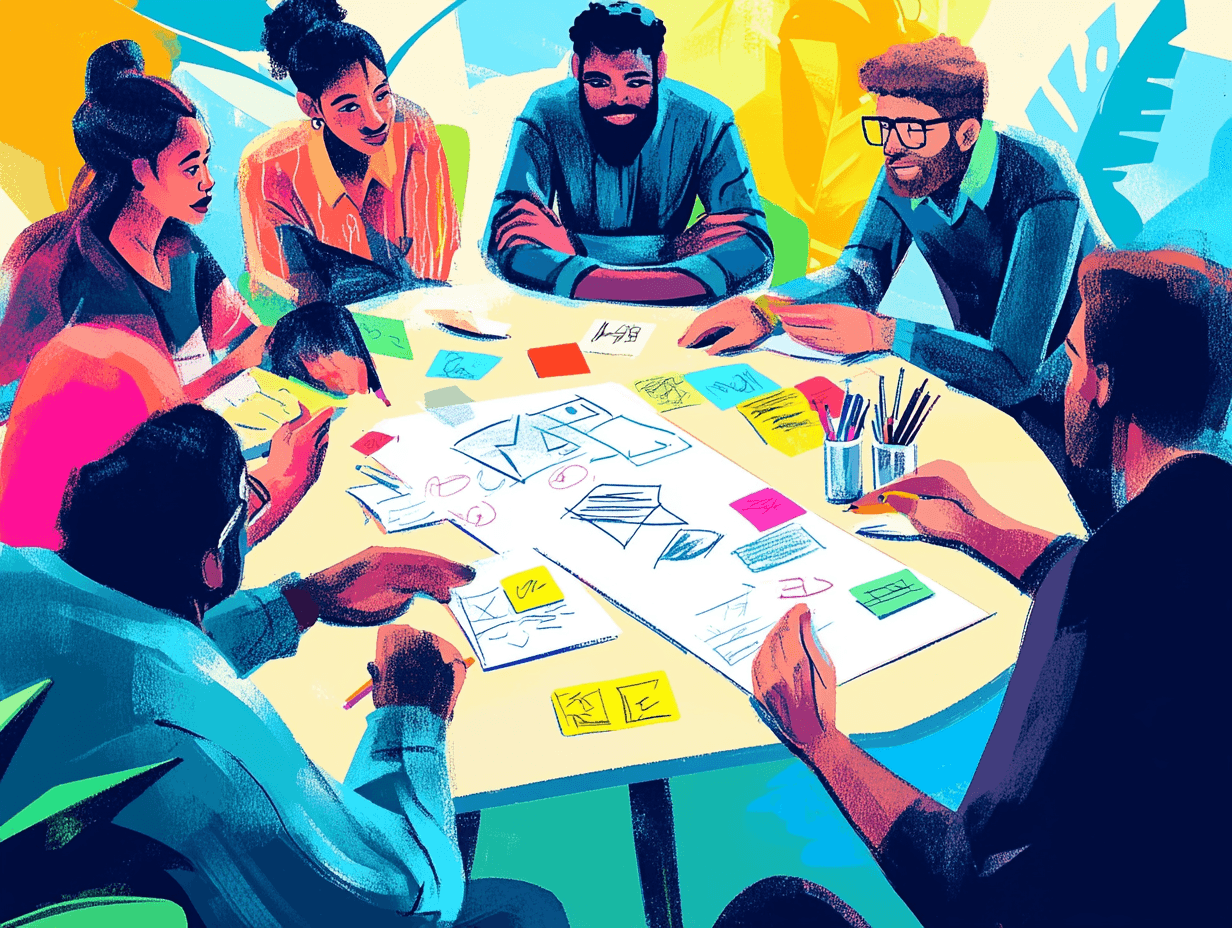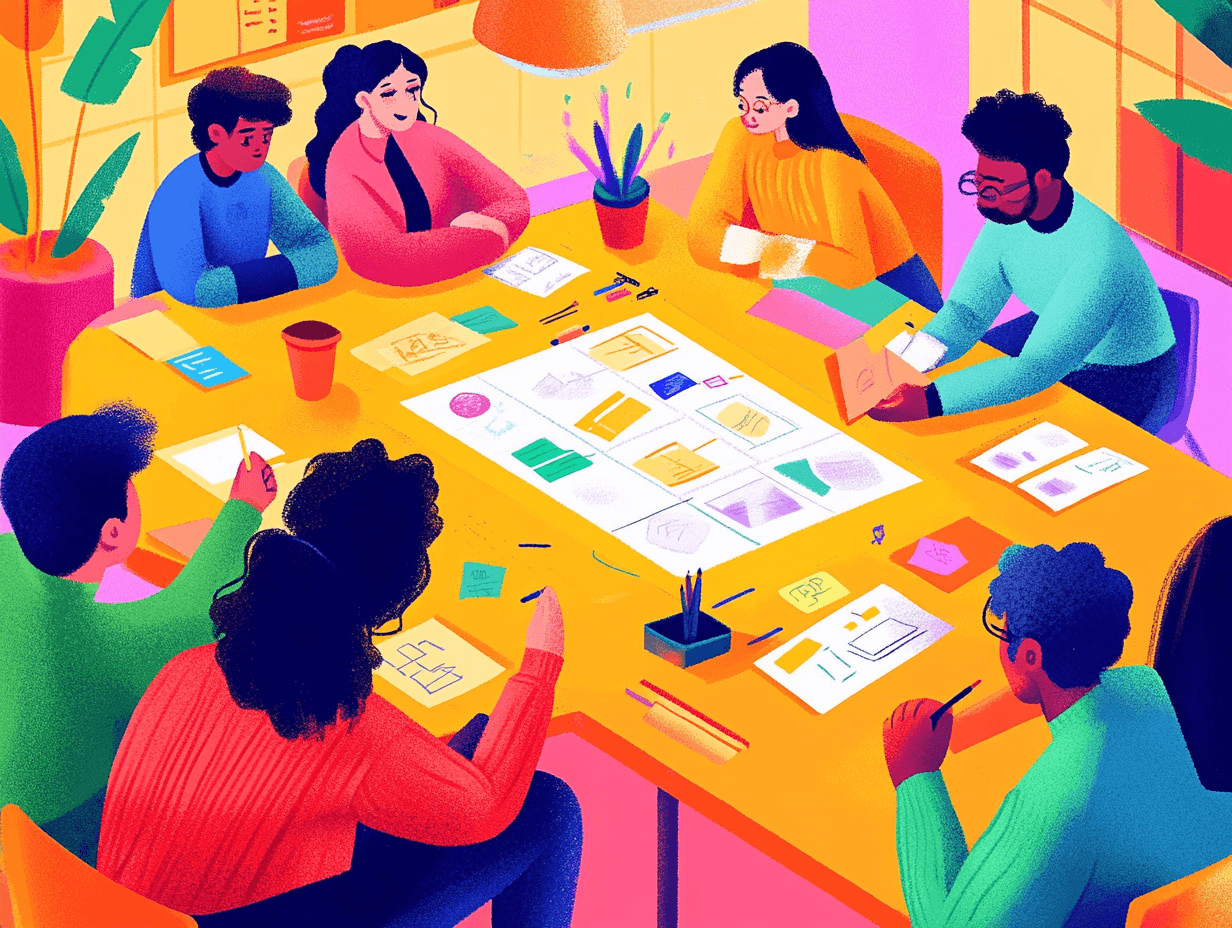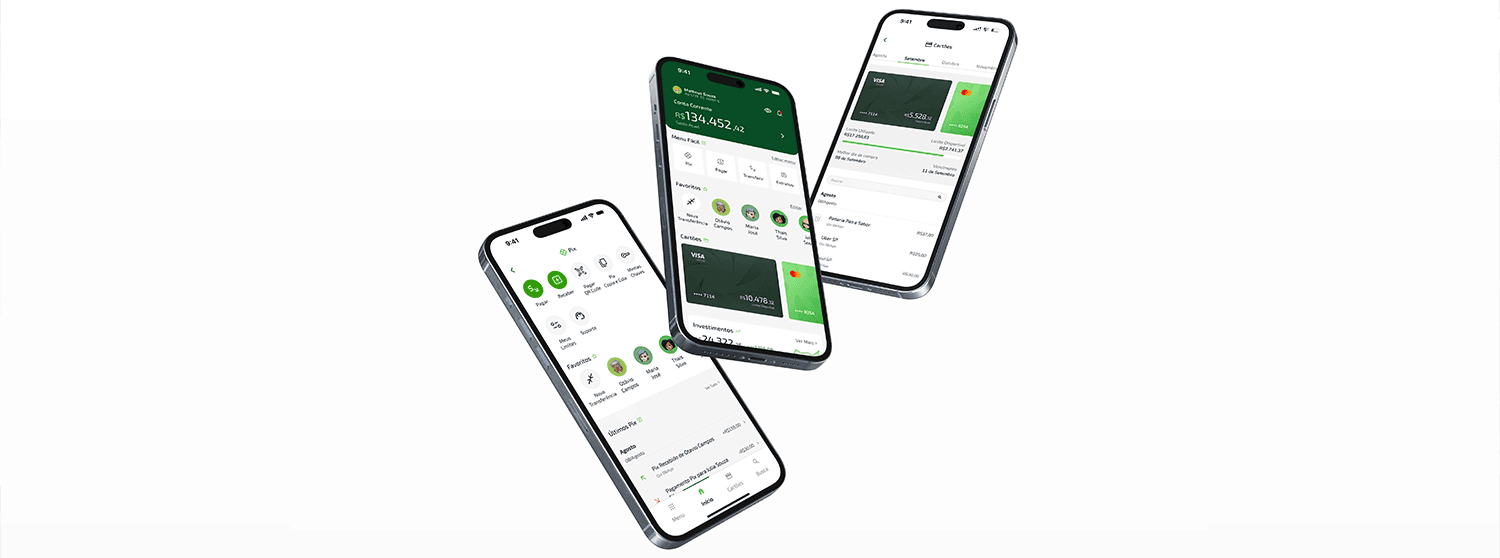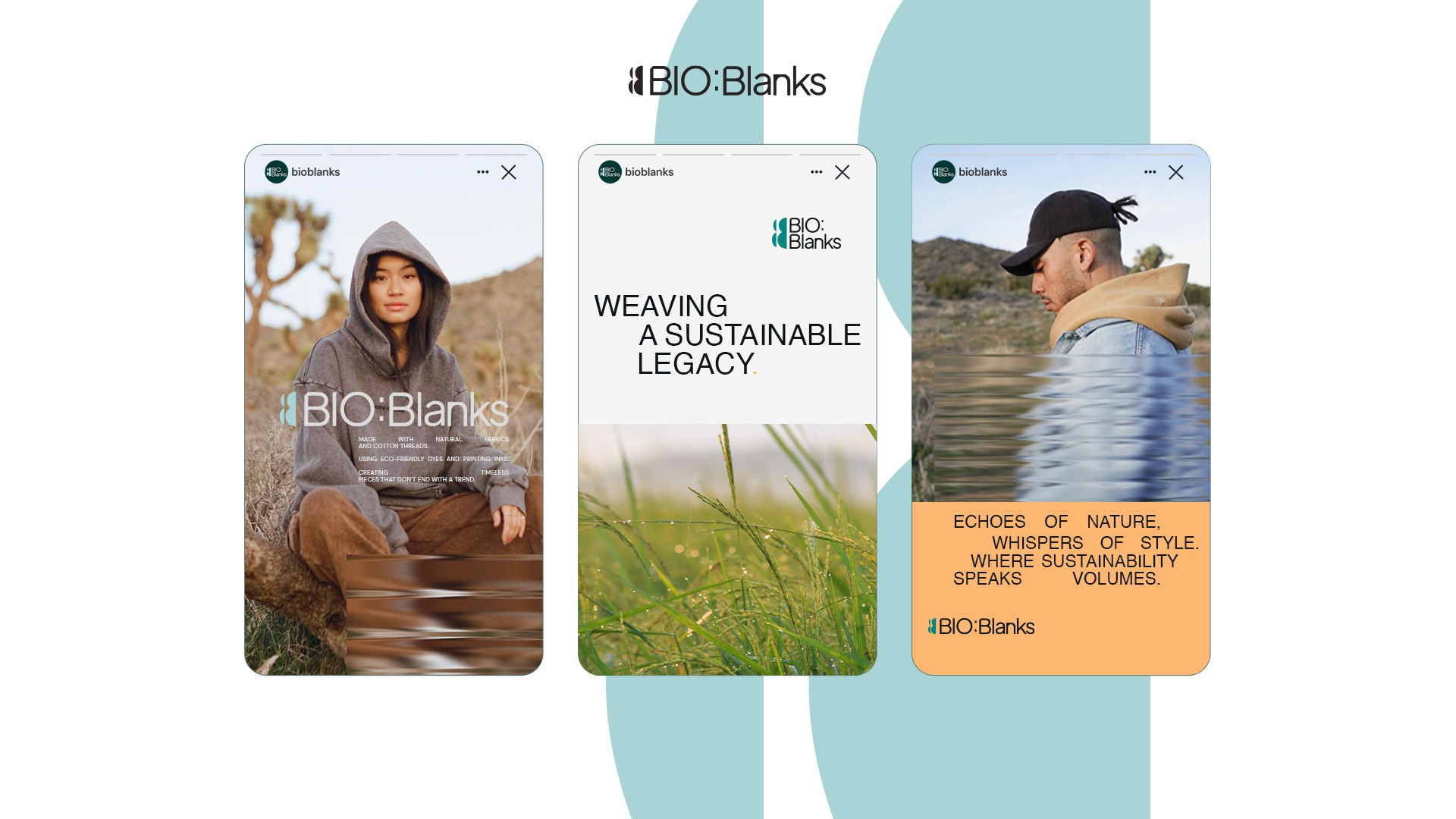Mastering Design Sprint: A Practical Guide to Rapid Innovation
Estimated reading time: 8 minutes
AI Generated Image
Setting the Stage for Success
Before jumping into the sprint, it's crucial to lay some groundwork:
Establish clear rules for the sprint process
Plan introductions to ensure everyone is on the same page
Prepare a design sprint brief to guide the team
Remember, post-sprint planning is just as important. Documenting the process and outcomes will help you build on your learnings for future sprints.
Practical Tips from My Experience
Here are some insights I found valuable:
Embrace the time constraints. They force creativity and decision-making.
Trust the process, even when it feels chaotic.
Encourage wild ideas during ideation – you never know where they might lead.
Use dot voting to quickly prioritize ideas as a team.
When prototyping, focus on the core experience rather than perfecting every detail.
Beyond the Sprint: Continuous Improvement
The learning doesn't stop when the sprint ends. Consider these follow-up activities:
Conduct a retrospective to discuss what went well and what could be improved
Analyze user feedback and plan next steps
Share learnings with the wider organization
AI Generated Image
Wrapping Up
Design Sprint is more than just a process – it's a mindset shift towards rapid innovation and user-centric design. By embracing this approach, teams can tackle complex challenges with renewed energy and focus.
Have you tried a Design Sprint in your organization? I'd love to hear about your experiences in the comments below!



